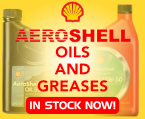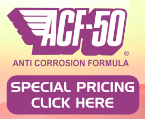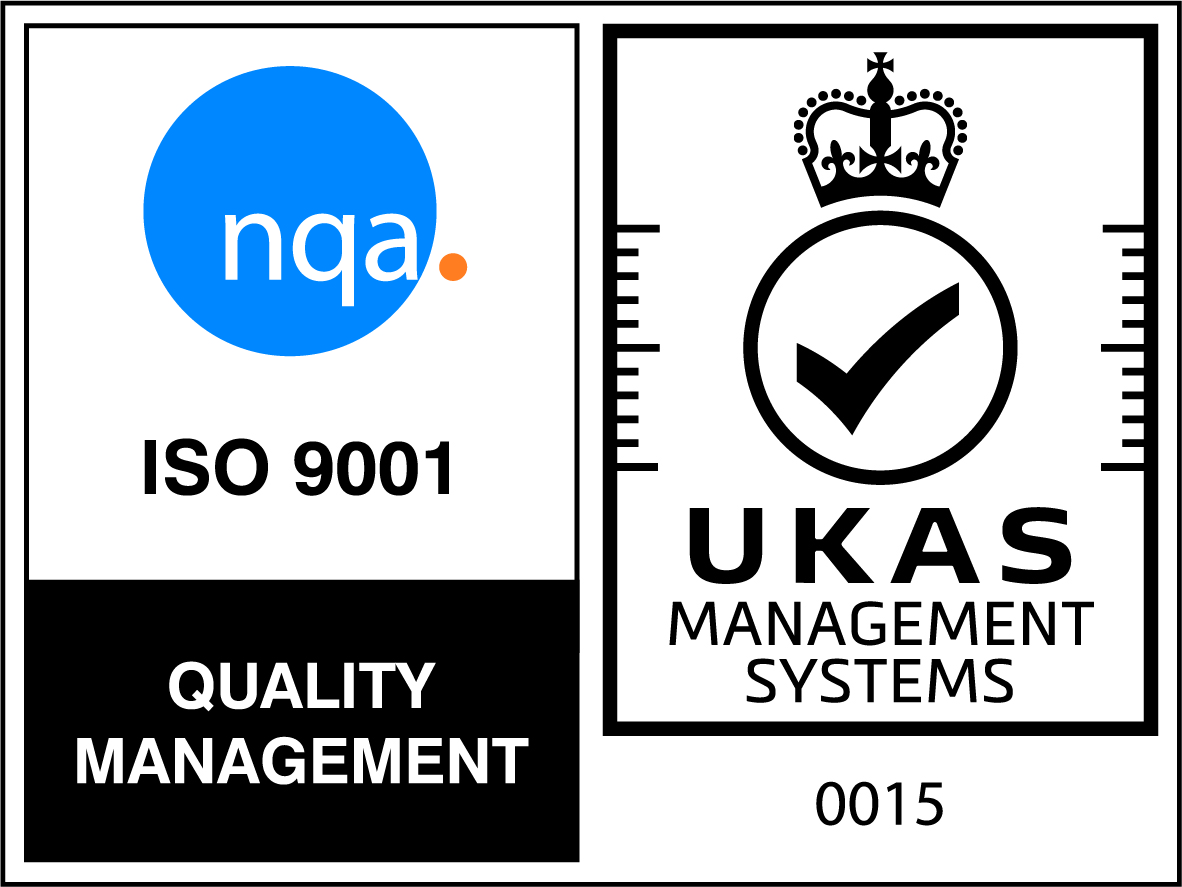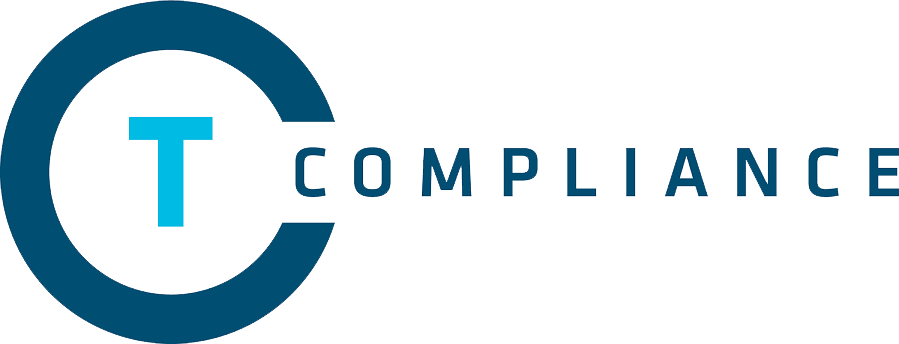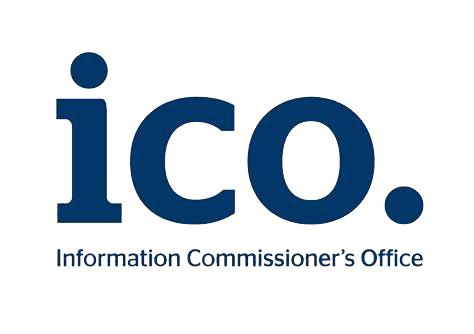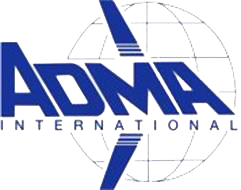Oil and Your Engine

There are two basic types of FAA-approved aviation oils used in general aviation aircraft piston engines.
1. Straight mineral
2. Ashless dispersant (AD)
Many Lycoming engines use straight mineral oil for “break-in” purposes with a new, rebuilt or overhauled engine. The operators should then switch to AD oil after “break-in” has been accomplished. In those engines that use straight mineral oil beyond the normal break-in period (25 to 50 hours), a later switch to AD oil should be done with caution as loosened sludge deposits may clog oil passages. Oil screens must be checked after each flight until clots of sludge no longer appear.
Those Lycoming engines that are to be broken in with AD oil include all turbocharged models, the O-320-H and the O/LO-360-E.
Since modern FAA-approved ashless dispersant oils already include additives that make them superior to straight mineral oil, the use of additional oil additives in Lycoming engines has been very limited. The only additive approved by Lycoming is Lycoming part number LW-16702, an anti-scuffing, anti-wear oil additive. The policy governing use of this oil additive is spelled out in the latest revisions of Service Bulletins 446 and 471, and in Service Instruction 1409. These publications approve the use of LW-16702 for all Lycoming reciprocating engines except those that utilize a friction-type clutch and a common engine oil system for the transmission and clutch assembly. The use of LW-16702 is required in certain engine models. These models are the 0-320-H, O-360-E, LO-360-E, TO-360-E, LTO- 360-E, TIO and TIGO-541.
Clean engine oil is essential to long engine life, and the full-flow oil filter is an added improvement over older methods of filtration. Generally, service experience has shown that the use of external oil filters can increase the time between oil changes provided filter elements are replaced at each oil change. However, operation in dusty areas, cold climates and where infrequent flights with long idle periods are encountered will require proportionately more frequent oil changes despite use of the oil filter. The oil and oil filter element should be routinely replaced after each 50 hours of engine operation, and the filter should be cut open in order to examine the material trapped in the filter for evidence of internal engine damage. In new or recently overhauled engines, some small particles of metallic shavings might be found, but these are not dangerous. Metal found after the first two or three oil changes should be treated as an indication that a serious problem is developing and a thorough investigation should be undertaken. The oil filter does not remove contaminants such as water, acids or lead sludge from the oil. These contaminants are removed by changing the oil.
The oil filter is even more important to the high compression or higher-power engine. Some of the aircraft manufacturers have had good success in the small, lower-compression, four-cylinder engines without using a full-flow filter. Generally speaking, these engines are also able to achieve their expected overhaul life as long as oil is consistently changed, and operation and maintenance is accomplished in accordance with the airframe and engine manufacturer’s recommendations.
The latest revision to Lycoming Service Instruction 1014 gives recommendations for lubricating oils, oil change intervals and engine break-in. Pilots and mechanics should know what weight, type and brand of oil is being used in the engine being serviced. At each oil change, this specific information should be recorded in the engine logbook. Except as a temporary measure in an emergency, different oils should not be mixed. Consistent indiscriminate mixing of oils may create high oil-consumption problems or clogged oil control rings and oil screens.
Oil consumption is a very important engine health trend to monitor. The operator and maintenance people should know the general history of oil consumption during the life of the engine. It is typical of an engine during seating of new piston rings that oil consumption may be erratic or high; but after the rings are seated, generally within the first 25 to 50 hours, oil consumption should level off below the maximum limits established by the manufacturer. Later, during the life of the engine, if there is a noticeable increase of oil consumption within a 25-hour period, this could be a possible danger signal and calls for an investigation. The oil screens and filter should be carefully observed for signs of metal. Maintenance personnel should take a compression check of the cylinders, using differential pressure equipment and also look inside the cylinders with a borescope or gooseneck light to detect any unusual conditions.
First published on the 18th of May 2016 at https://www.lycoming.com/content/oil-and-your-engine
Return to Aviation News, Product Updates and Lycoming Tech Tips.

